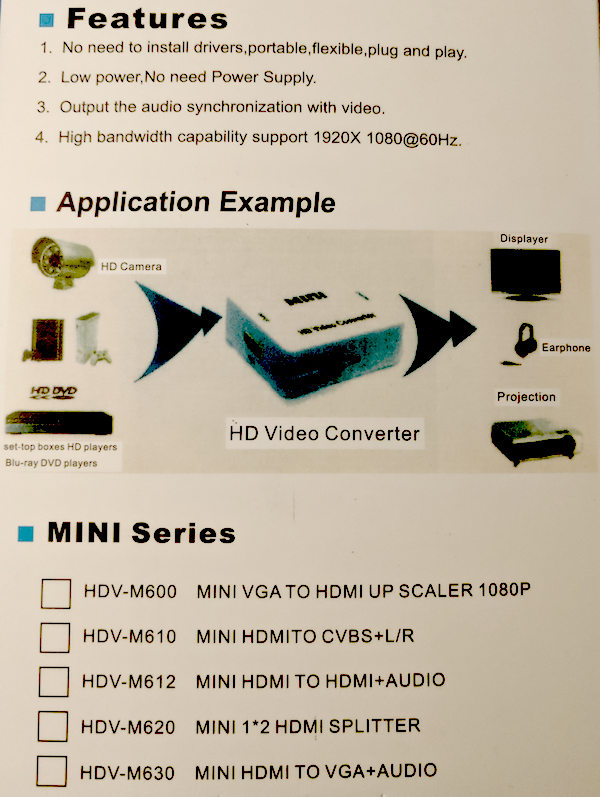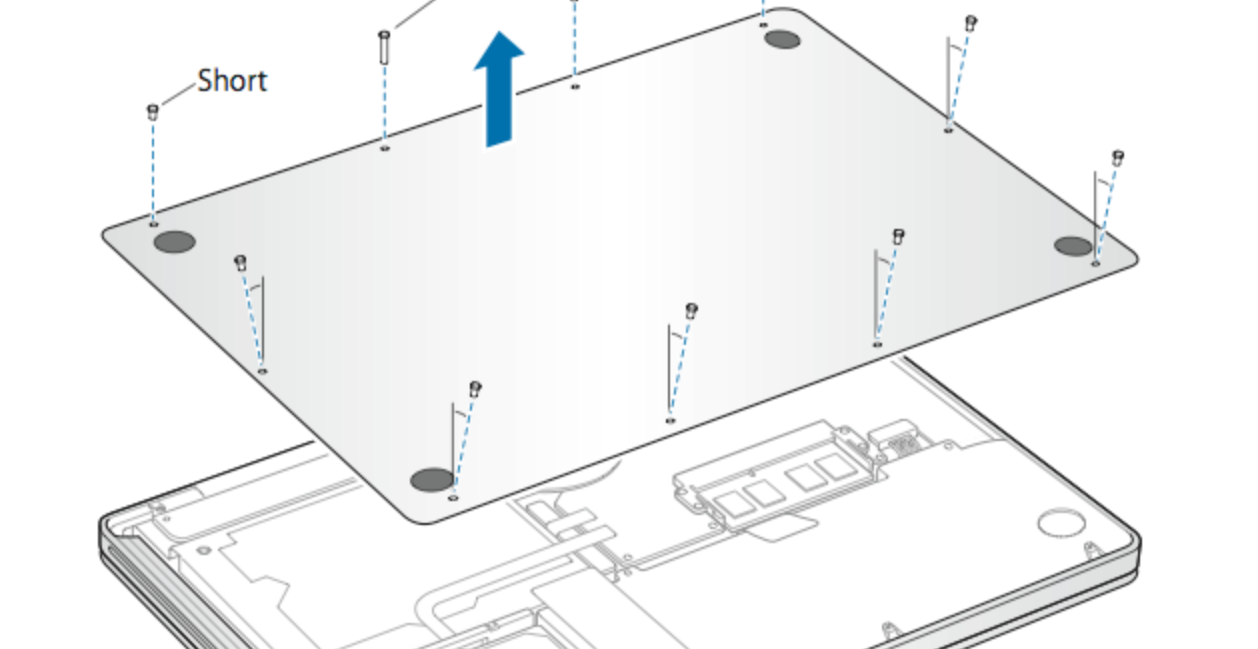
We wanted to relocate the computer the kids were using to a more visible location in the house, this is generally a good idea since you want to be able to casually keep tabs on what they are up to online. The older Dell PC we had was the classic desktop box plus paired up with an older LCD monitor. The WAF was low.
One nice thing about the current state (slow death) of Moores Law is that even older machines are totally fine for most users. My personal desktop machine is a decade old, and aside from some minor (cheap) upgrades it’s still just fine. So of course I looked on the local used market to see if there were any computers that met the criteria. I came across a nice All In One Dell computer – this combines the screen and computer as a single unit.
Adding more RAM and swapping the hard drive for a SSD breathed new life into this 5 year old machine, it’s still a little plunky but can play minecraft and browse the web like a champ. The built in microphone and camera has been very useful lately as video conferencing for school is the new reality.
My go-to OS install is Ubuntu. For most use, this is just fine. It’s what I configured this new machine to run, but I then ran into the dreaded “need X program to run for school” problem. Windows 10 came with this hardware and was an easy choice to install to get things working. Overall, the windows experience isn’t so bad. You need an existing Windows machine to build a recovery USB from, but after that you can install it easily onto a new drive. I had thankfully kept the original hard drive around, allowing me to boot Windows to get this process started.
Windows 10 really, really, wants you to get a ‘cloud’ account and control everything through that. It is possible to setup a local only account, but only after you fail to connect to the internet. Of course I took this route, disconnecting the internet via a little bit of router firewall magic.
Now, I’d like to set restrictions on use. I want to avoid the kids doing a 5am wake-up so they can get a little quality computer time (minecraft/youtube) going while I sleep until a much more reasonable time of the morning.
While again, the easy path here is for Windows to just use the cloud based account (they call these Microsoft accounts) to manage the family controls, you can setup some limits for local only accounts. You do need to break out the command line to do this, and you can only pick “on the hour” granularity. So you can let them start at 7am, or 8am for example – but not 7:15 or even 7:30.
The local controls just let you set on/off times for access. You can’t control how many hours they can use. This is useful, but so very limited. I finally caved in and created a Microsoft account and linked the user to the cloud.
There are still limitations that leave some things to be desired. If the account doesn’t actually log off, they still count this as screen time. This leads to the hour and change we allow per day, to basically be used up soon after the first session of screen time starts (because who ever logs off?).
Granting more time is easy enough, Microsoft will send you an email (to your linked parent account) asking for more time. I’ve also seen improvements over the time we’ve used it – activity reports are starting to flow in now, and you can limit time per application. Spending and even access to the e-Store are built in as well.
One last thing in this Windows 10 setup. While Edge has now moved to a Chrome based browser, using the Microsoft supplied browser wasn’t my first choice. I will say that the Family controls are better (or maybe more deeply) integrated into the Microsoft browser. I’m still a fan of Chrome and the whole Google experience, this might be mis-guided at this point in time, but it still works ok. Getting Chrome installed is easy, and keeping the computer logged into a Google account lets me pull interesting data out of the use of that browser. I do want to prevent incognito browsing, and it turns out there is a way to do that with Chrome.
Maybe I’ll pivot to the Microsoft browser at one point, it would give us even more Family control features.



